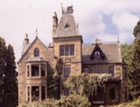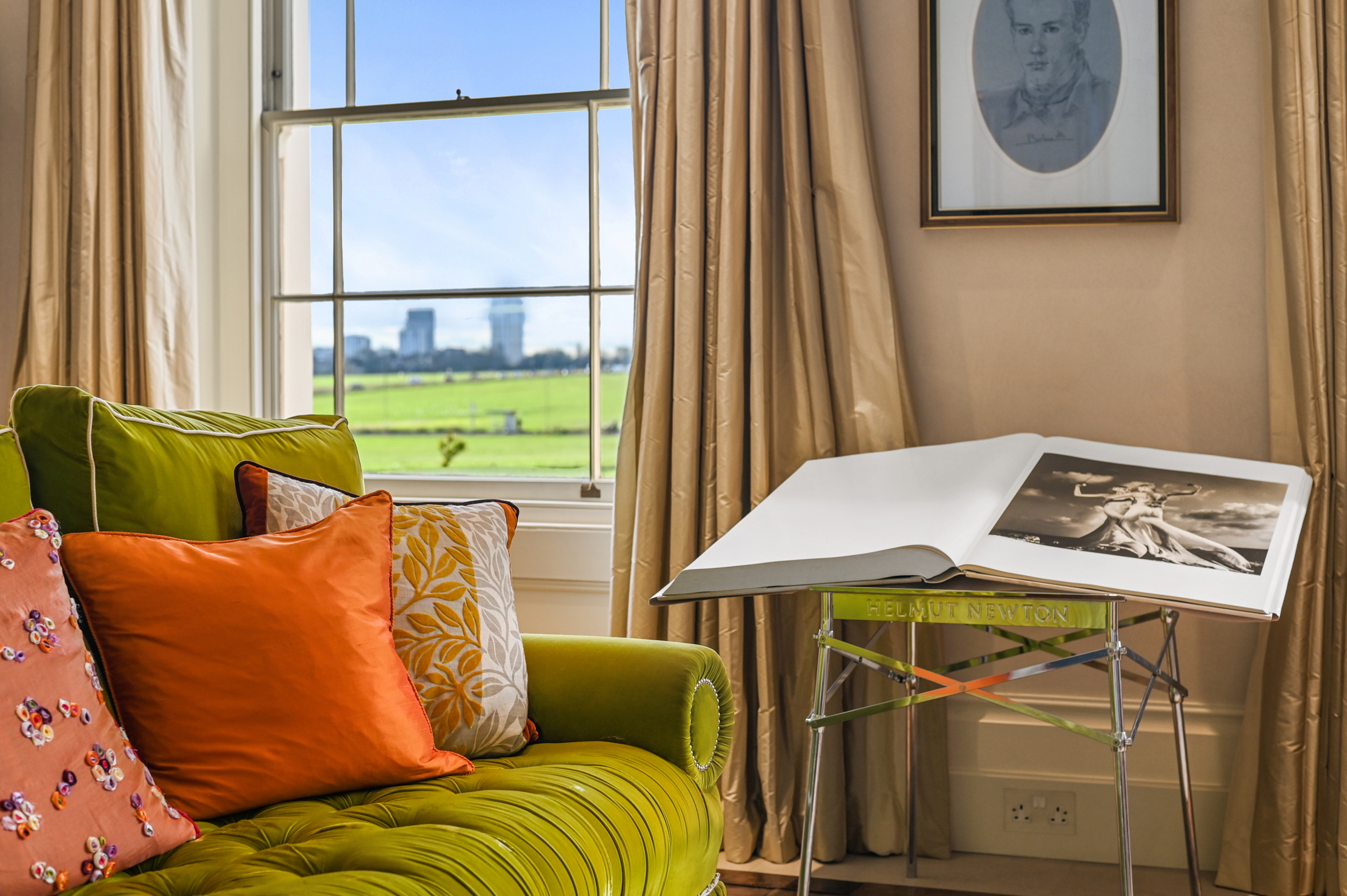Highland Commuting
With five airlines offering daily scheduled flights to London, the dream of commuting to England from the rural Scottish Highlands has become a reality for many


In centuries past, men of property from the Lowlands or farther south who had to visit the Highlands on business would make their wills before they set out. Now, with five airlines offering daily scheduled flights from Inverness aiport to London and other UK cities, the dream of commuting to England from a rural idyll in the Scottish Highlands has become a reality for man, says John Bound of CKD Galbraith (01463 224343).
Mr Bound is seeking offers over £910,000 for Cantray House at Croy, Inverness-shire, a substantial six-bedroom country house with 11 acres of land and salmon fishing on the Nairn, a mere 10 minutes? drive from Inverness airport. As he points out: ?For the price of a modest family home in the south-east of England, one could buy this house and keep a flat in the city for weekday use.?
Mr Bound is also handling the sale of historic Lemlair House at Dingwall, 15 miles from Inverness, for which ?offers in excess of £725,000? are being invited. A splendid Victorian mansion built for the Clan Munro in 1876, Lemlair stands in five acres of majestically wooded gardens and grounds, with ?breathtaking? views across farmland to the Cromarty Firth and the Black Isle. It has three formal reception rooms, a new ?Christian? family kitchen, nine bedrooms and three bathrooms, and there is also a tower and secondary accommodation.
East Sutherland has one of the lowest rainfall levels in Scotland, with long summer days and relatively midge-free, balmy evenings. Sutherland is also home to some of the great Highland estates where the mountain and coastal habitat is perfect for salmon, grouse and deer.
Knight Frank want offers in excess of £445,000 for Big Barns at Dunrobin, near Golspie, on the Dornoch Firth, East Sutherland, 53 miles west of Inver-ness. Big Barns is an intriguing six-bedroom country house created by the London-based Arts-and-Crafts architect George Devey in 1859 on the Sutherland estate from a row of four workers? cottages. Listed Grade B, it is said to be Scotland?s only complete Devey house.
Scottish thrift and Scotch whisky are equally well known throughout the world, but not everyone may know that the second was a by-product of the first. For it was frugal Scottish farmers who, rather than waste their surplus barley, mashed, fermented and distilled it to produce the famous uisge beatha, Gaelic for ?water of life?.
Thrift and whisky are both readily associated with Bank House at Glenlivet, on the edge of the Cairngorms National Park in the heart of the eastern Highlands. Built in 1899 of local blue stone under a slate roof, this was the original Clydesdale Bank house for Glenlivet, until the bank ceased trading 11 years ago.
Sign up for the Country Life Newsletter
Exquisite houses, the beauty of Nature, and how to get the most from your life, straight to your inbox.
The house, now a charming family home with three reception rooms and four/ five bed-rooms as well as half an acre of garden overlooking the Cromdale Hills, is for sale through Strutt & Parker (01330 824888) at ?offers in excess of £285,000?.
This article was originally published in Country Life magazine, August 18, 2005. To subscribe click here.
Country Life is unlike any other magazine: the only glossy weekly on the newsstand and the only magazine that has been guest-edited by HRH The King not once, but twice. It is a celebration of modern rural life and all its diverse joys and pleasures — that was first published in Queen Victoria's Diamond Jubilee year. Our eclectic mixture of witty and informative content — from the most up-to-date property news and commentary and a coveted glimpse inside some of the UK's best houses and gardens, to gardening, the arts and interior design, written by experts in their field — still cannot be found in print or online, anywhere else.
-
 New balls please: Eddie Redmayne, Anna Wintour and Laura Bailey on the sensory pleasures of playing tennis
New balls please: Eddie Redmayne, Anna Wintour and Laura Bailey on the sensory pleasures of playing tennisLittle beats the popping sound and rubbery smell of a new tube of tennis balls — even if you're a leading Hollywood actor.
By Deborah Nicholls-Lee
-
 A rare opportunity to own a family home on Vanbrugh Terrace, one of London's finest streets
A rare opportunity to own a family home on Vanbrugh Terrace, one of London's finest streetsThis six-bedroom Victorian home sits right on the start line of the London Marathon, with easy access to Blackheath and Greenwich Park.
By James Fisher